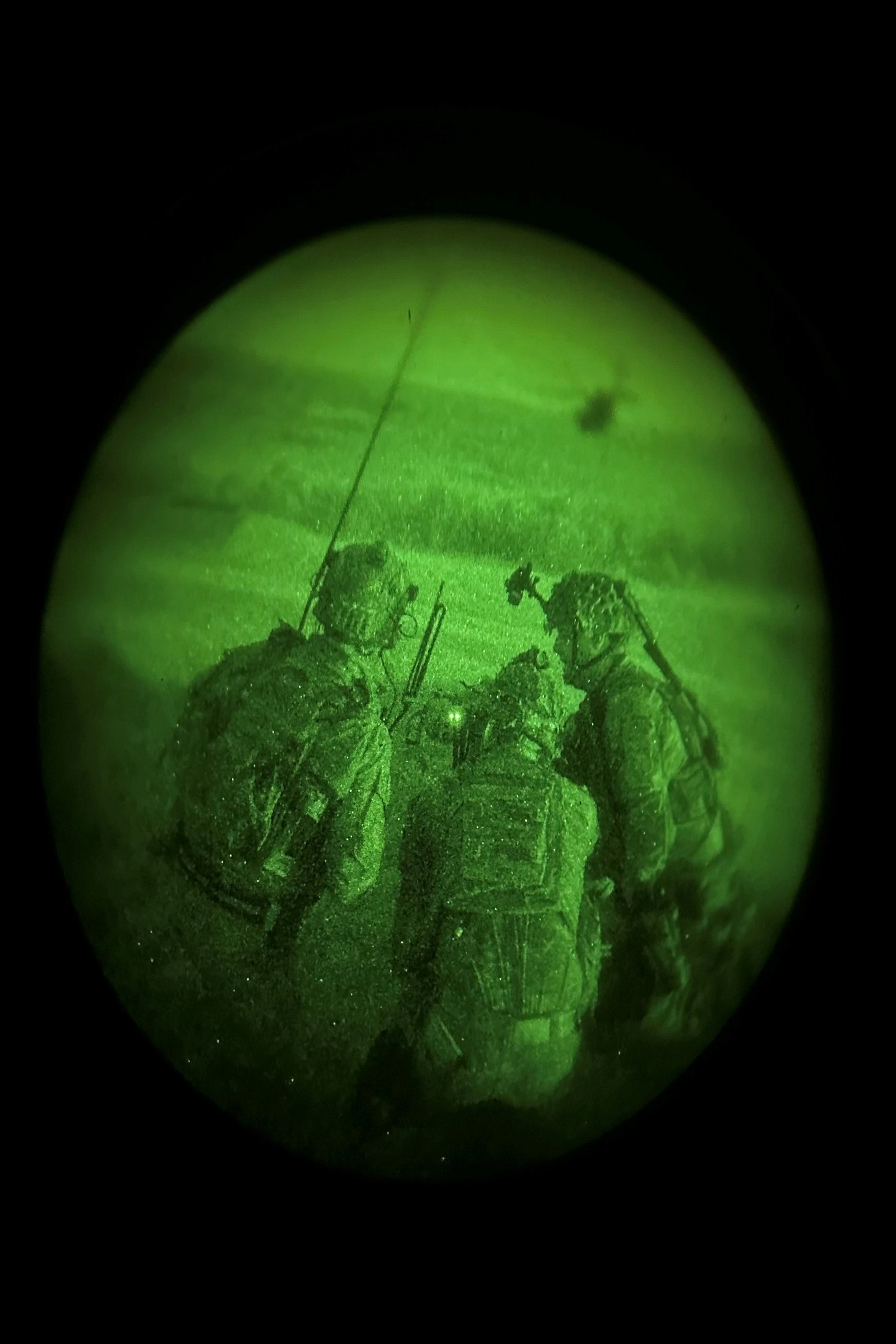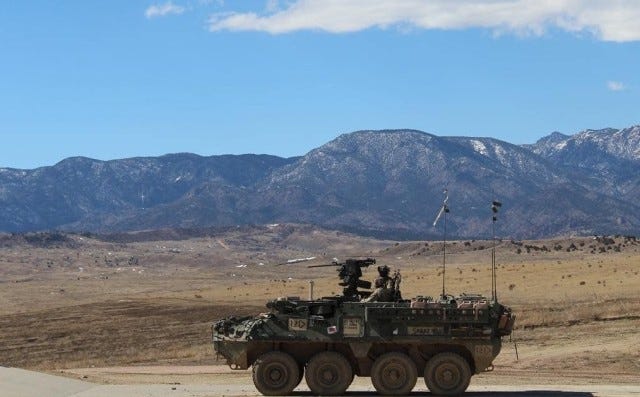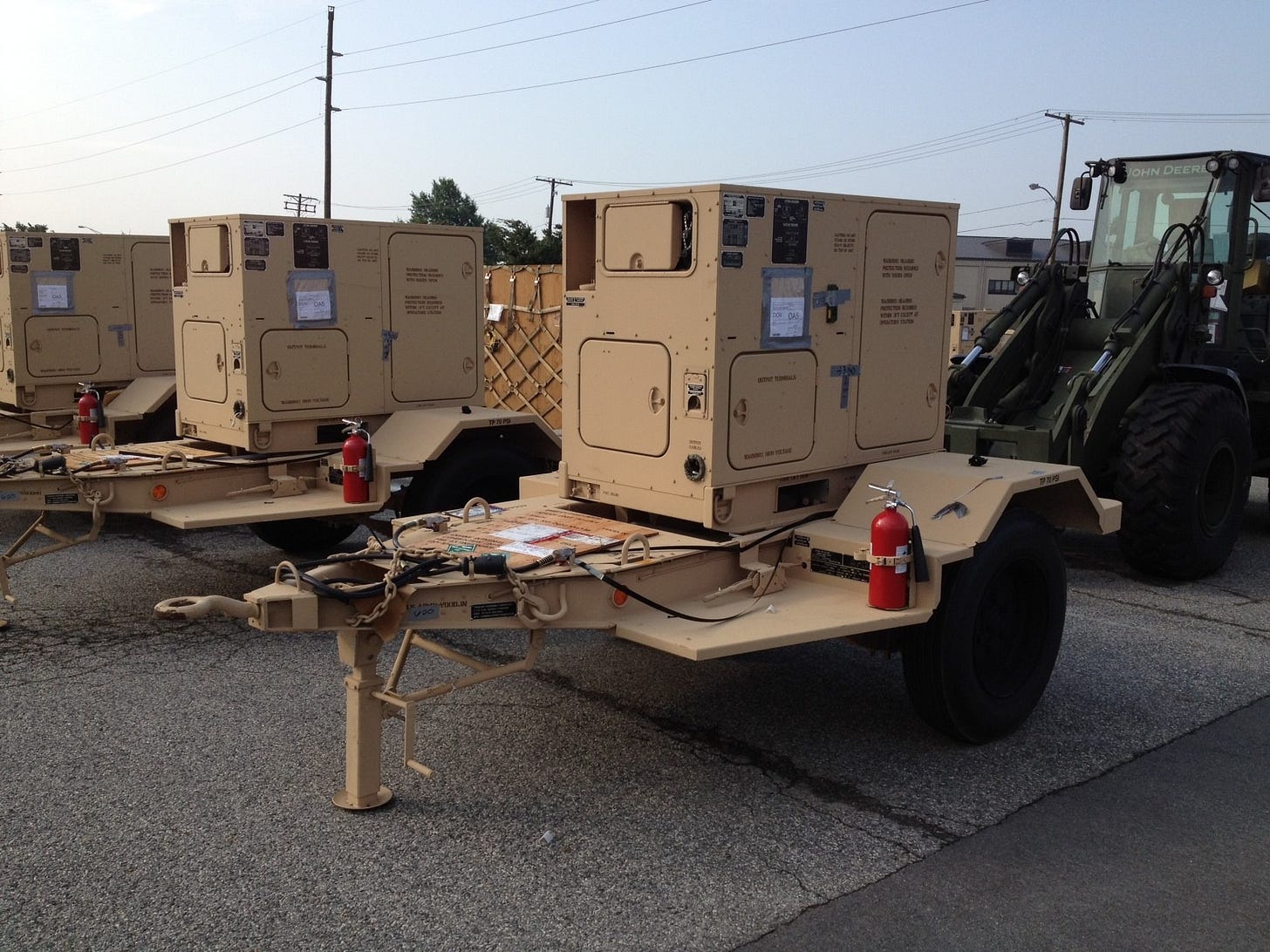CSA Sends
GEN George's Articles of the Month
This month, we are highlighting the CSA’s five favorite articles for February. The topics range from generators to the Crimson Tide’s Nick Saban. Happy reading!
How to Transform the Army for Drone Warfare
Author: LTC Neil Hollenbeck
This article discusses the U.S. Army's need to adapt to drone warfare, a shift highlighted by Ukraine's effective use of drones in combat since 2022. The author debates the best way to integrate this technology into the Army's structure. It is worth nothing that the White House Resolution 8070 proposed a separate Drone Corps, the Army Chief of Staff opposed it, favoring integration into existing units, and the idea was ultimately not included in the final bill. LTC Hollenbeck highlights the Army's challenge to quickly integrate drones while fostering innovation and avoiding past mistakes made with the airplane and tank. He suggests this is potentially accomplished through provisional drone formations that allow for experimentation within operational units.
Mobile Brigade Combat Team Targeting Process “Own the Kill Chain"
Authors: LTC Christopher Haskell, CW2 Matthew Kolbinski, CPT Brendan Hayes, CPT Matilda Brady
Photo courtesy of CPT Brady.
The Mobile Brigade Combat Team (MBCT) concept, piloted by the 2nd Brigade Combat Team, 101st Airborne Division, represents the Army's significant transformation to enhance mobility and lethality for large-scale combat operations in multi-domain environments. The authors discuss how the MBCT integrates new mobility, sensing, striking, and communication technologies, enabling commanders to maintain a high operational tempo and “own the kill chain” through rapid ground or air assault operations. To support this, the MBCT developed an agile targeting process based on the F3EA cycle, utilizing "flash mobs" for rapid decision-making and leveraging advanced unmanned aircraft systems and communication infrastructure for increased lethality and operational effectiveness.
Bringing Rehearsals into the Modern Age: A Digital Transformation for Divisions
Authors: MG Christopher Norrie, LTC William Denn, MAJ Christian Turley
Coach Nick Saban observes a University of Alabama football scrimmage 17 April 2010 in Tuscaloosa, Alabama. (Photo courtesy of Wikimedia Commons)
This article highlights the 3rd Infantry Division (3rd ID) adoption of Nick Saban's incremental training philosophy, applying it to military operations by conducting division-level rehearsals using a digital terrain model to build up from basic movements to full combat speed. This approach, the authors argue, allows for greater participation across distributed units and a deeper understanding of operations, enabling the division to adapt quickly when plans deviated. The methodology emphasized the importance of practice and repetition in developing the competence and confidence necessary to effectively execute large-scale combat operations.
A Data-Centric Approach to Increasing Crew Lethality: Proposing ‘Moneyball for Gunnery’
Authors: LTC Jonathan D. Bate, 1LT Ethan Barangan, 1LT Nicholas Calhoon, SSG Jacob Seitz
In this article, the authors discuss how the Ivy Raider Brigade applied a data analytics approach inspired by Billy Beane's "Moneyball" strategy to improve mounted machine gun (MMG) lethality in Stryker gunnery, focusing on identifying predictive factors of crew performance. Their analysis found that scores from Table III, a range using blank-fire iterations, were correlated with a higher probability of first-time qualification on Table VI, the qualifying table. This approach suggests that data analytics can complement leader experience to enhance military training efficiency and effectiveness, with the potential to set performance thresholds and use machine learning for better predictions.
Power Generation – Reducing Excess in the LSB
Authors: 1LT Jordan Bloomfield and 1LT Samuel Pannek
Photo courtest of Army.mil
LTs Bloomfield and Pannek discuss the new light support battalion (LSB) concept and its emphasis on the need for light, mobile, and agile units, which includes optimizing power generation to reduce weight and improve efficiency. The article highlights Operation Lethal Eagle, during which the 526th LSB found that their generators were underutilized, leading to energy waste and increased risk of detection by enemy forces. To address this, the LSB is considering different courses of action for power distribution, including using smaller generators for better dispersion and maneuverability, or a combination of small and large generators for adaptability and redundancy, depending on the mission and threat level.







Great collection of articles and encouraging to see the thought applied to adapting, innovating, and integrating the efforts and results